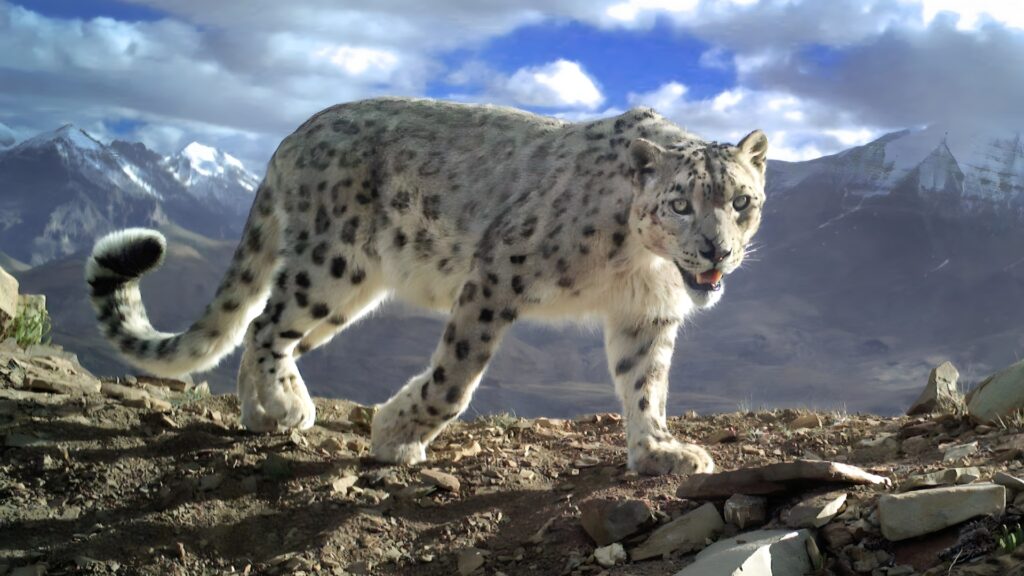
Wild cats are some of nature’s best predators. From their razor-sharp claws to their astonishing speed, they rule their domains as alpha predators. In this article, we will see seven of the most dangerous wild cats and also touch on common characteristics that make them so incredible predators and reasons for their place on top of the chain.
1. The Lion: The Social Powerhouse
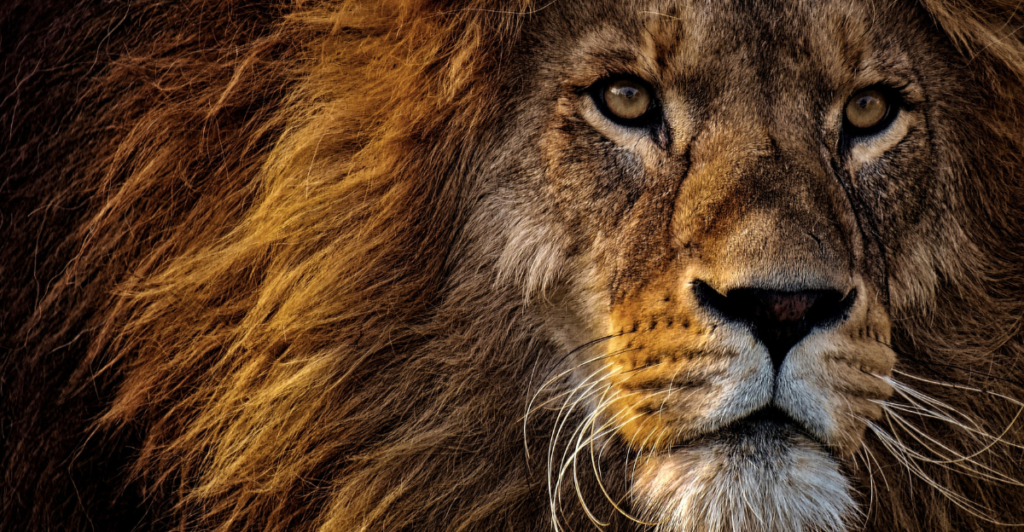
Lions (Panthera leo) are iconic symbols of strength and key apex predators of the African savanna. Unlike most wild cats, lions form social groups known as prides, which can number around 30 individuals. This teamwork enables them to hunt successfully, bringing down animals as large as buffalo and giraffes. Though they’re among the largest and strongest of all mammals, lions also sometimes come into conflict with humans. Every year, attacks on villages close to their territories leave wounds, noting the fragile balance between predator and human.
2. The Tiger: Stealth and Ferocity Combined
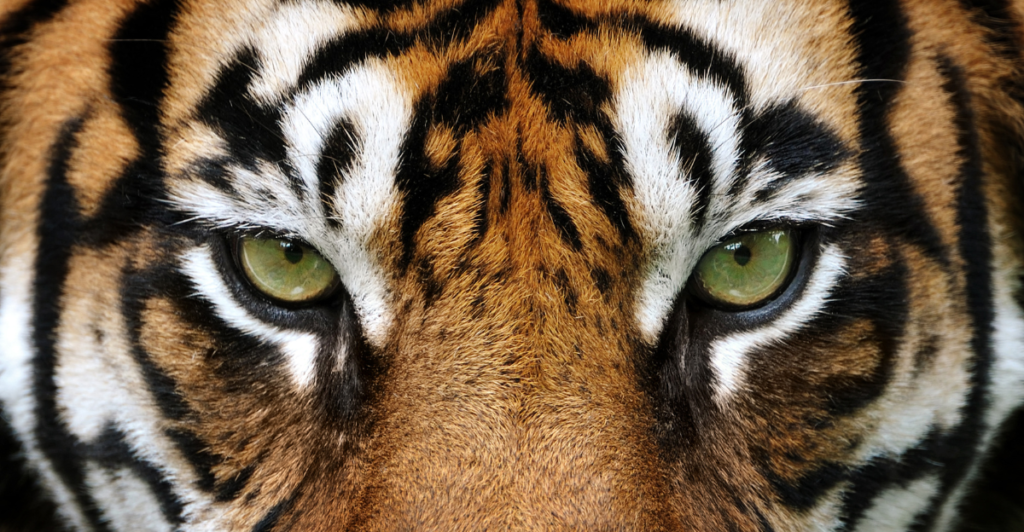
Tigers (Panthera tigris), native to Asia, are solitary hunters renowned for their powerful builds and stealth. They are capable of bringing down prey many times their size, from deer to water buffalo. Tigers are also infamous for their potential to attack humans, especially in regions where prey is scarce. The “Sundarbans tiger,” for instance, has earned a reputation as a man-eater. With their striped camouflage, immense strength, and strategic hunting techniques, tigers remain one of the most feared and respected predators in the wild.
3. The Leopard: Silent and Deadly
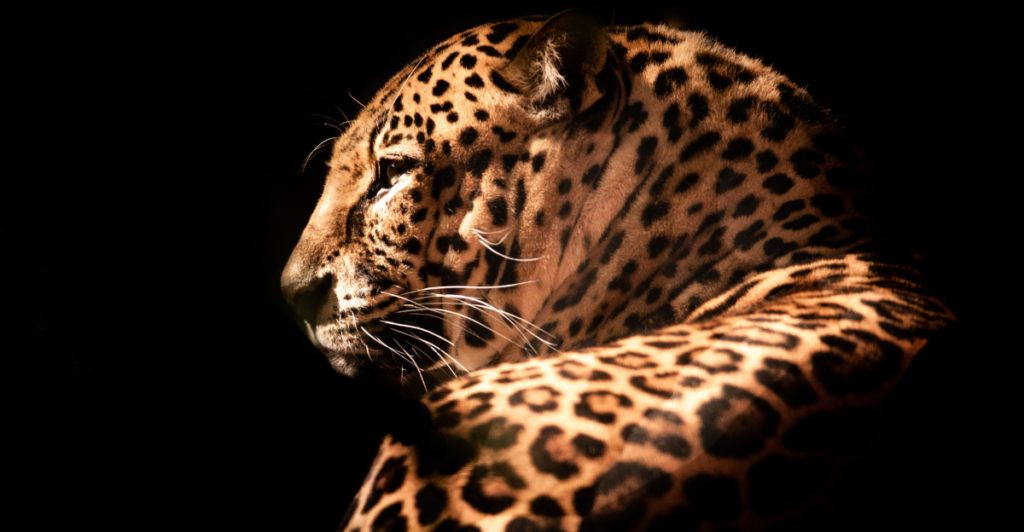
Leopards (Panthera pardus) are versatile predators, located in Africa and the Middle East. Unlike lions or tigers, leopards roam alone, using their stealth and climbing prowess to survive. They need to be strong enough to haul their prey up trees out of the reach of scrappy scavengers such as hyenas. Leopards tend to stay away from people but have been known to resort to human settlements when prey is scarce. The formidable foes are incredibly dangerous and capable of surviving in a number of environments and become immensely threatening when forced to mate.
4. The Jaguar: America’s Apex Predator
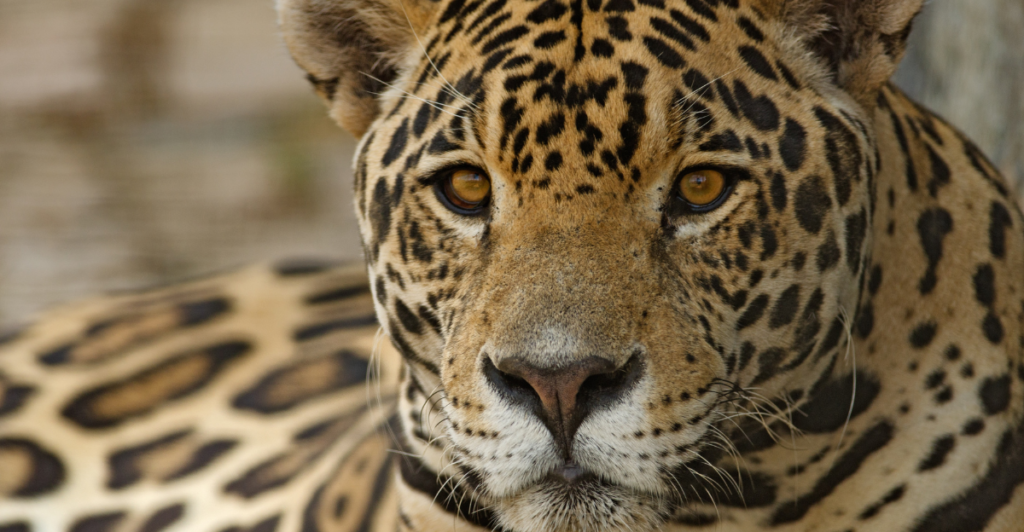
Jaguars (Panthera onca), the largest cats in the Americas, are distinguished by their unmatched bite force, capable of crushing bones and turtle shells. These solitary hunters prefer dense rainforests but are also found in grasslands and wetlands. While attacks on humans are rare, jaguars are opportunistic predators that have been known to enter villages in search of food. Their agility, swimming ability, and sheer strength make them formidable hunters in any environment.
5. The Cheetah: Sprinting Assassin
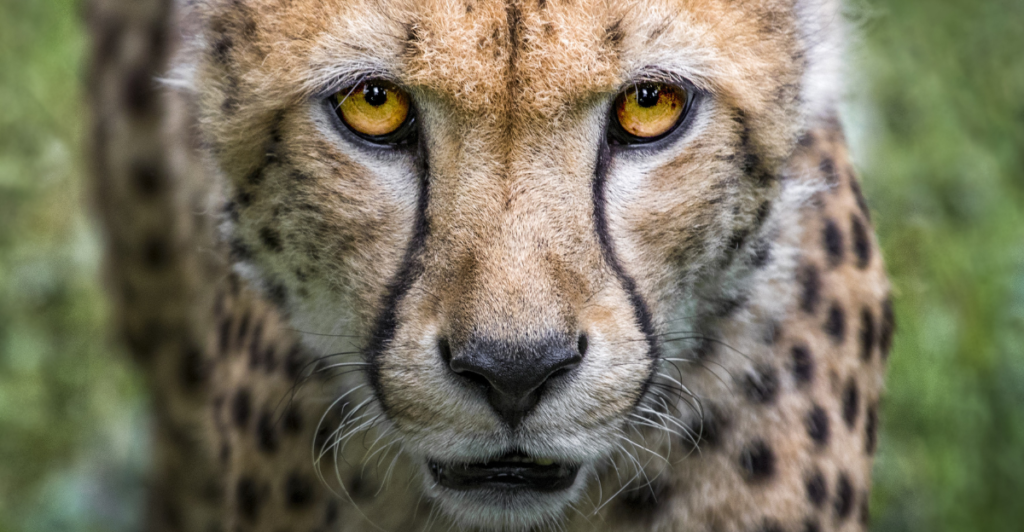
Cheetahs (Acinonyx jubatus) are built for speed. Capable of accelerating from 0 to 60 mph in seconds, they are the fastest land animals on Earth. Unlike other big cats, cheetahs rely on their speed to chase down prey rather than brute strength. Their slim, aerodynamic bodies and keen eyesight make them perfect daytime hunters. Although they rarely attack humans, their relentless speed and focus during hunts make them standout predators in their ecosystem.
6. The Snow Leopard: Master of the Mountains
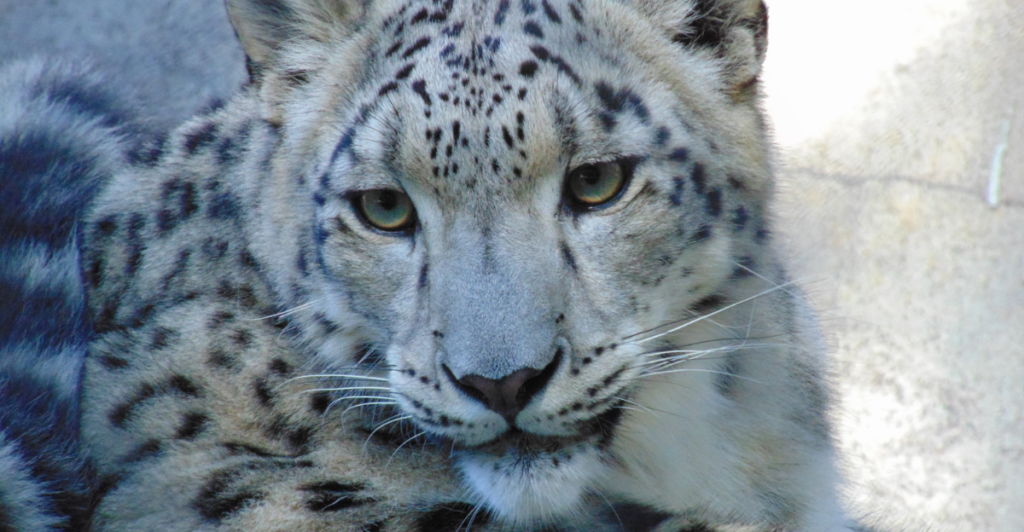
Snow leopards (Panthera uncia) inhabit the cold, rugged mountain ranges of Central and South Asia. Adapted to their harsh environment, they have thick fur, long tails for balance, and powerful hind legs that allow them to leap up to 50 feet. Their primary prey include mountain goats and sheep, but they are opportunistic hunters. While they are elusive and rarely seen by humans, their ability to thrive in extreme conditions solidifies their status as exceptional predators.
7. The Black-Footed Cat: Small but Mighty
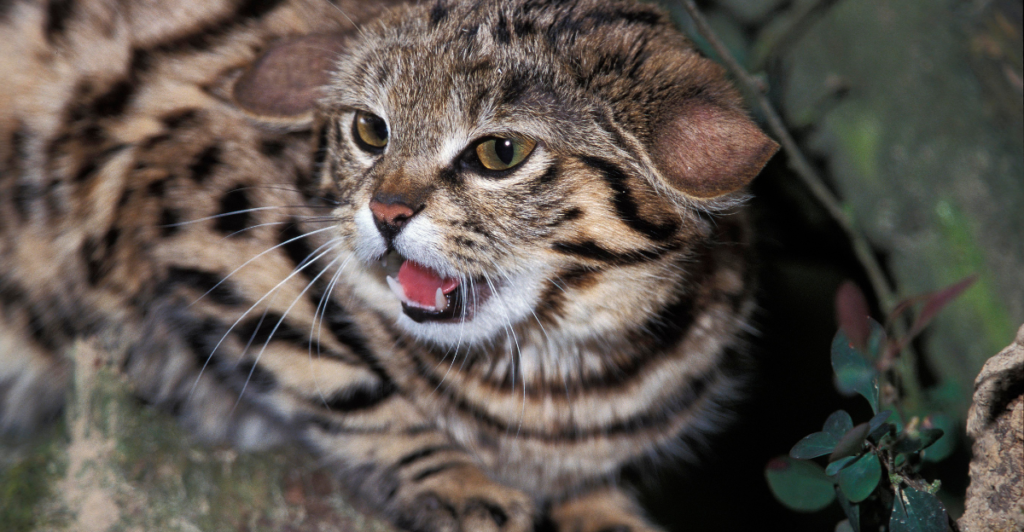
Don’t let its small size fool you. Black-footed cats (Felis nigripes) are some of the deadliest hunters, with a success rate far higher than lions or tigers. Found in southern Africa, these tiny cats, weighing just 2-4 pounds, are relentless in their pursuit of small prey like rodents and birds. Their high metabolism demands near-constant hunting, with some consuming up to 14 small meals per night. Though harmless to humans, their efficiency makes them apex hunters in their ecosystem.
Agility: The Wild Cat’s Ultimate Weapon
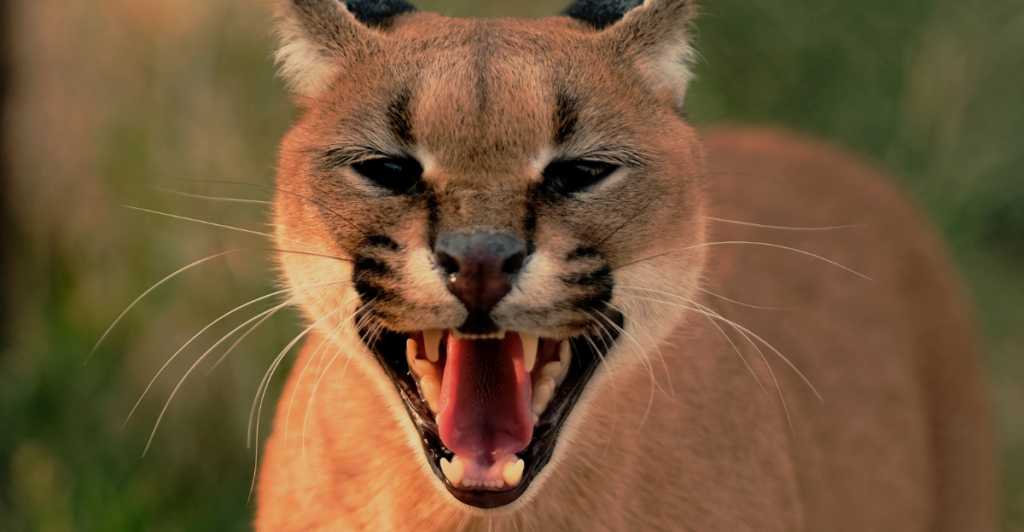
What makes wild cats so lethal is their agility. From lightning-fast reflexes to the ability to climb trees or leap over obstacles, their bodies are engineered for hunting. Cheetahs can reach incredible speeds, while leopards climb trees effortlessly. This agility ensures wild cats can ambush prey or evade threats with precision, solidifying their position as top predators in their respective ecosystems.
The Evolution of Stealth
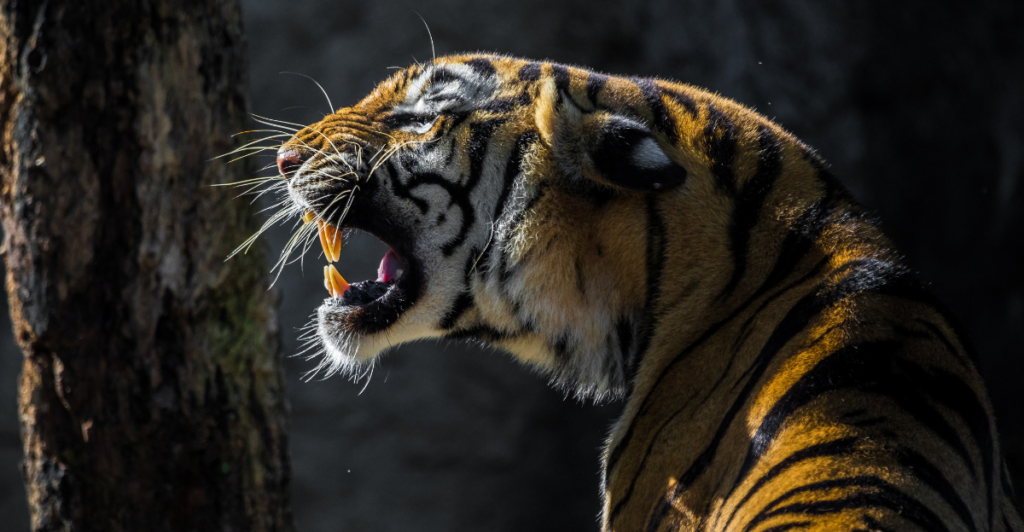
Wild cats are masters of stealth, a critical adaptation for survival. Their padded paws allow silent movement, and their camouflaged coats blend into their surroundings. Tigers use stripes to hide in tall grass, while jaguars’ rosettes make them nearly invisible in dense rainforests. This stealth not only aids in hunting but also in avoiding detection by larger predators or humans.
Razor-Sharp Claws and Teeth
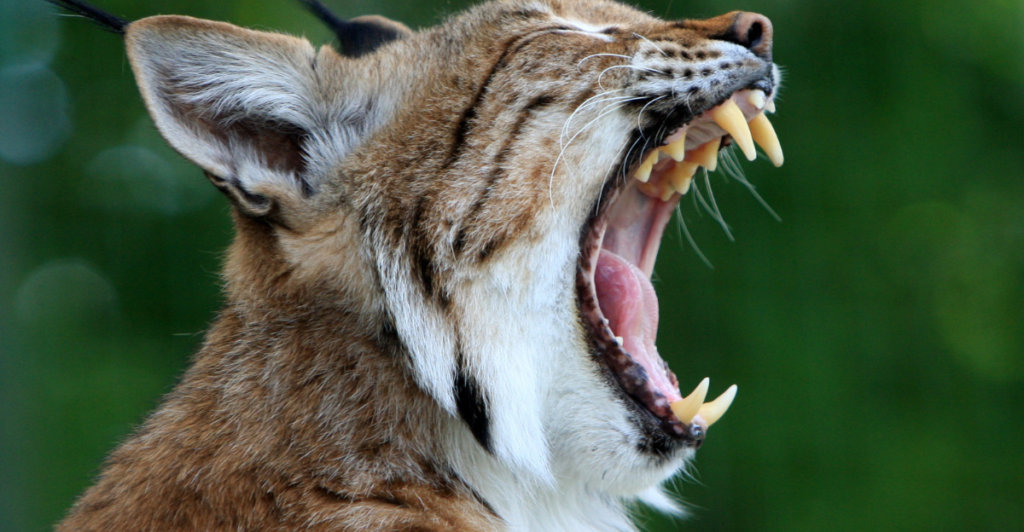
Wild cats possess some of the sharpest claws and teeth in the animal kingdom. Their claws are retractable, keeping them sharp for when they need to strike. Teeth, like the tiger’s canines, are designed to crush bones and tear through flesh. These weapons are essential for capturing prey and defending territory, making wild cats highly effective hunters.
Wild Cats and Human Conflict
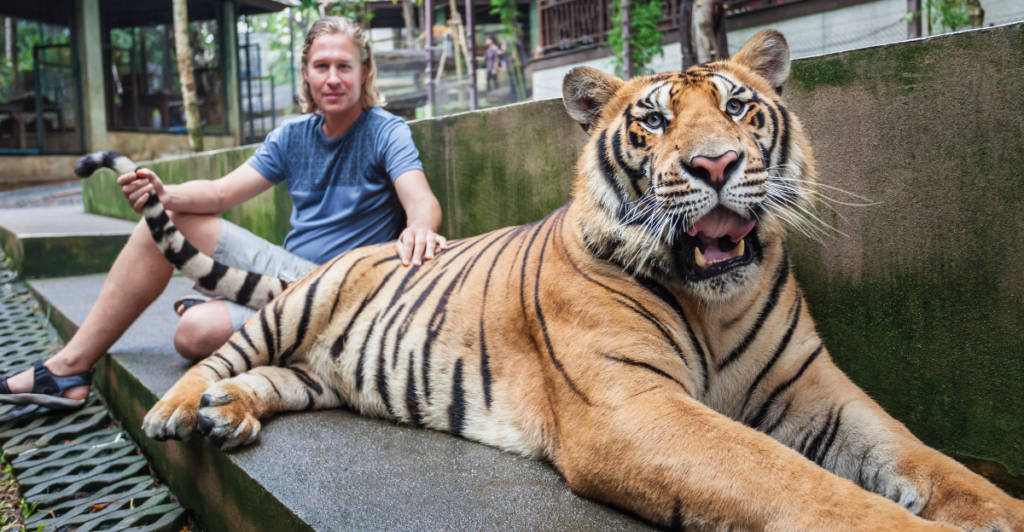
As human populations expand into wild cat habitats, conflicts inevitably arise. From livestock predation to attacks on villages, wild cats often face threats due to encroachment. In response, conservationists work to create buffer zones and educate local communities on coexistence. These efforts aim to reduce conflict while preserving the role of wild cats in their ecosystems.
Night Vision: Masters of the Dark
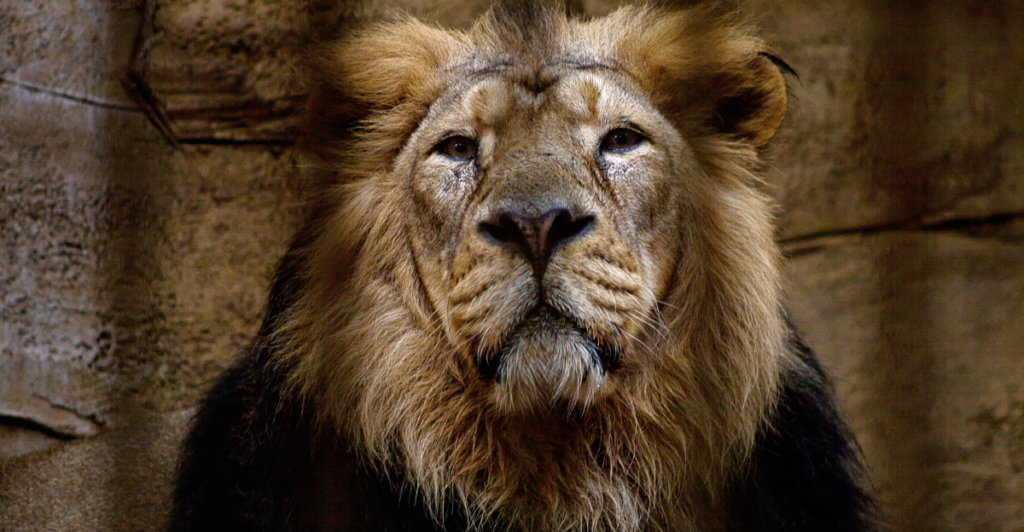
Most wild cats are nocturnal, relying on exceptional night vision to hunt in the dark. Their eyes are adapted to low-light conditions, allowing them to detect movement and depth with precision. This adaptation gives them a significant advantage over prey, which often cannot see as clearly at night. Combined with their stealth, wild cats dominate their habitats under the cover of darkness.
Conservation Challenges
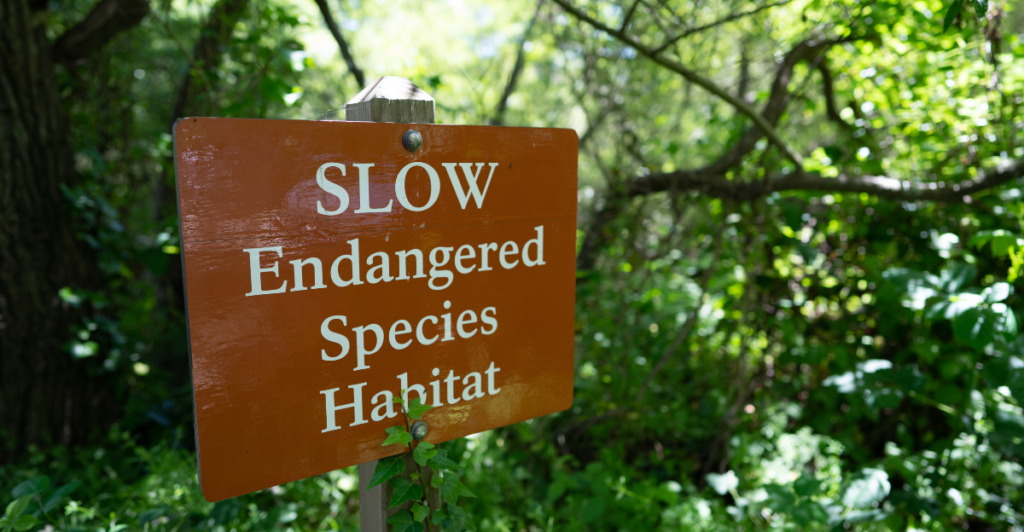
Many wild cat species are endangered due to habitat destruction, poaching, and climate change. Organizations like the WWF and Panthera focus on protecting these species through habitat preservation and anti-poaching measures. Public awareness campaigns also highlight the importance of wild cats in maintaining ecological balance. Without intervention, some of these magnificent predators may disappear forever.
The Role of Wild Cats in Ecosystems
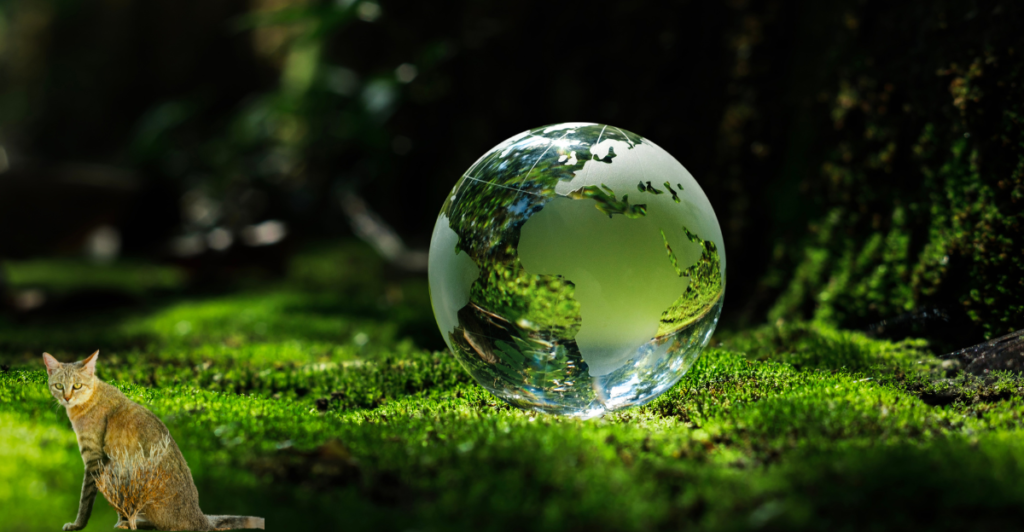
Wild cats play a vital role in maintaining biodiversity. As apex predators, they regulate prey populations, preventing overgrazing and maintaining vegetation health. This balance cascades throughout the ecosystem, supporting other wildlife. The loss of wild cats can lead to unchecked prey populations and disrupted ecosystems, making their conservation a priority for global biodiversity. Wild cats are not only majestic but also critical to the ecosystems they inhabit. From lions ruling the savanna to snow leopards prowling mountain ranges, their adaptations and behaviors are a testament to the power of nature. Protecting these agile predators is vital to preserving the delicate balance of our planet’s ecosystems.
References:
7 of the Most Dangerous Wild Cats in the World
The World’s Most Dangerous Cat and 14 Other Fierce Felines
Fun facts about cheetahs
All 40 Species of Wild Cats and Where to See Them in the Wild
Stay connected with us for more stories like this! Follow us to get the latest updates or hit the Follow button at the top of this article, and let us know what you think by leaving your feedback below. We’d love to hear from you!







